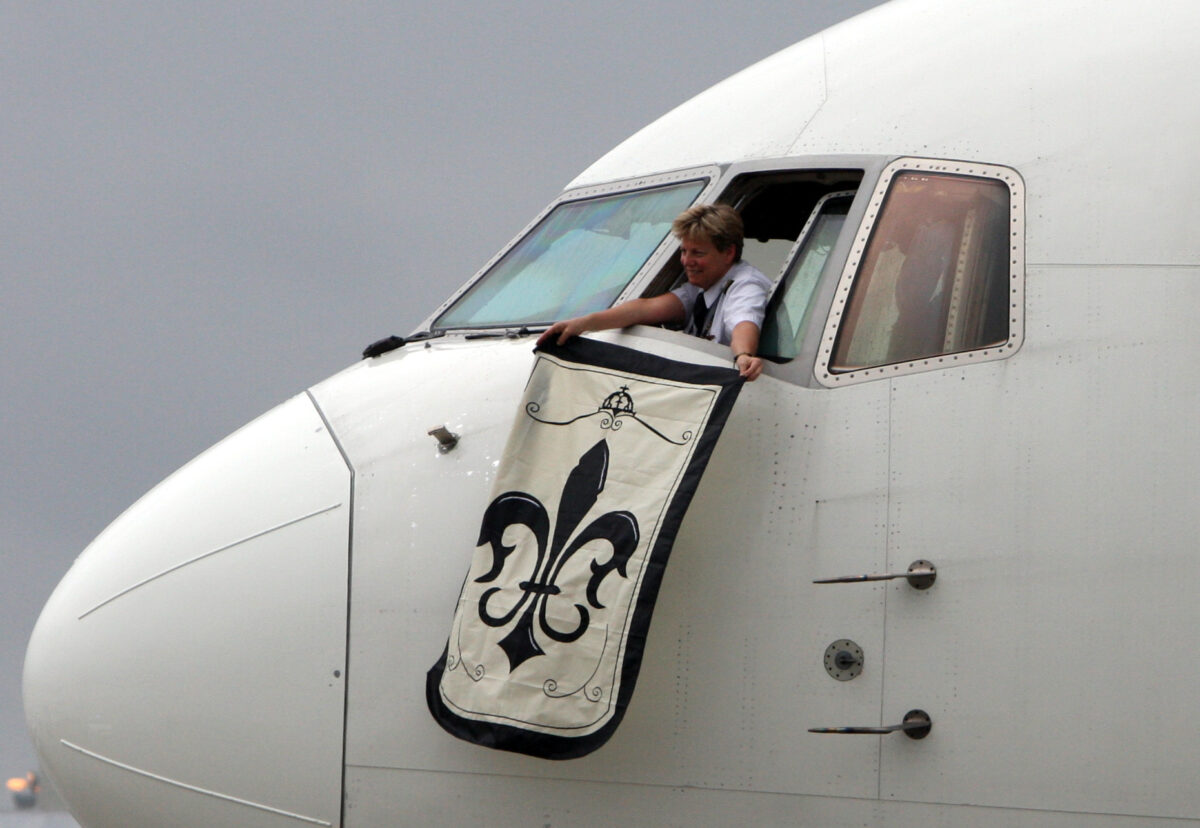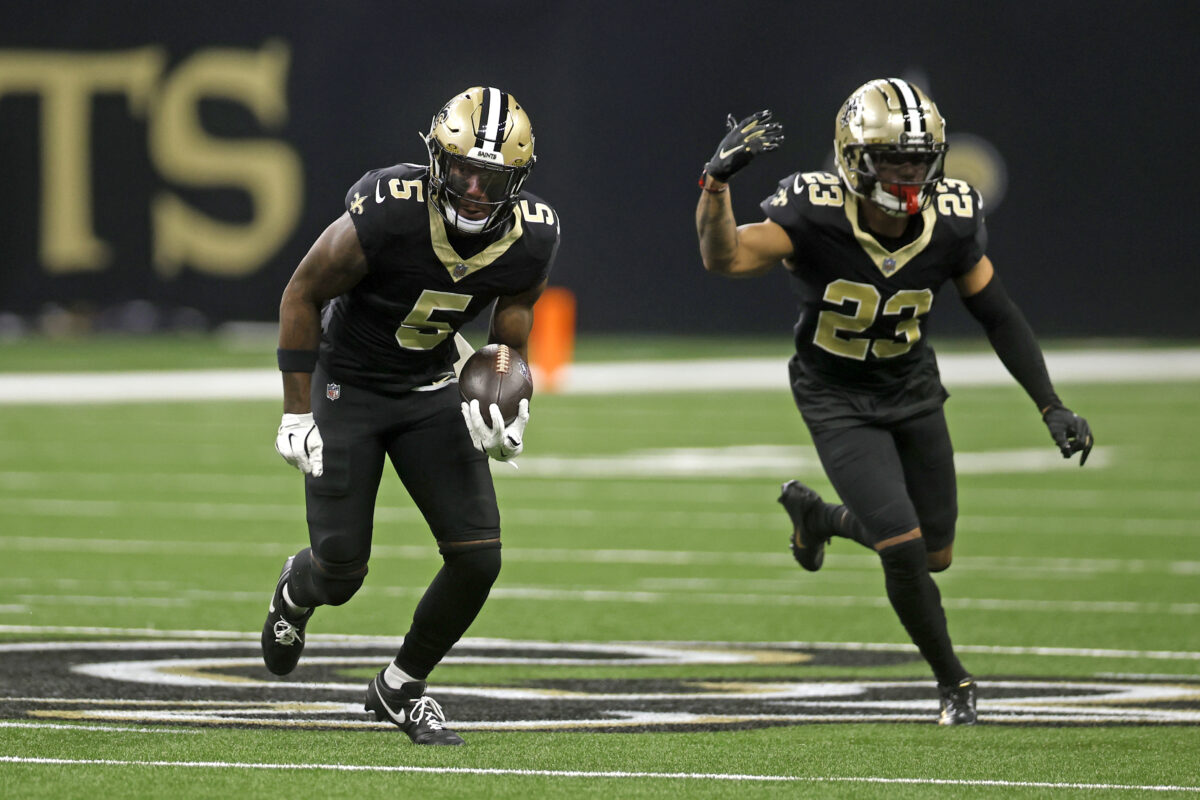If the Philadelphia Eagles lose offensive coordinator Kellen Moore to the New Orleans Saints, it will be the second time they’ve lost their offensive coordinator in three seasons. It’s happened after both of their Super Bowl appearances. Coincidentally, they will have lost their play caller to the host city’s team both times as well.
After losing to the Kansas City Chiefs, defensive coordinator Jonathan Gannon stayed in Phoenix to coach the Arizona Cardinals. Kellen Moore could have a similar fate in New Orleans.
And the Saints are taking every precaution to not have the same fate as the Cardinals. When Arizona hired Gannon, they had to swap third-draft picks with the Eagles because the NFL determined Arizona was guilty of tampering. Philadelphia received the No. 66 pick in exchange for the No. 94 pick, plus a fifth-round selection in 2024.
New Orleans hasn’t succumbed to the same pitfalls the Cardinals fell victim to. Arizona contacted Gannon for the first time the day after the NFC Championship Game. NFL rules dictate the process very clearly: when speaking with candidates, teams must first hold a virtual teleconference interview (capped at three hours). After that, they can meet in person either at the team facility or another location, and those talks can take eight or nine hours to cover everything. Further discussions can happen, but you’ve got to follow the process.
You may think to yourself the Saints did the same as Arizona. They did fly to Philadelphia after Moore’s offense put up a season-high 55 points to win the NFC. The difference is that New Orleans had followed NFL protocol to the letter. They already interviewed Moore virtually, but that was the first time the Cardinals talked to Gannon. This small difference of not being the initial contact is the difference between receiving tampering penalties.
What if they misstepped? New Orleans has two third-round selections. They’d most likely have to part ways with their first pick at No. 71 and drop down to No. 95 or 96 (depending on the Super Bowl outcome).
That’s a difference of 24 to 25 slots by simply adhering to the NFL regulations. The Saints need to stock talent right now, so dropping down in the draft is only acceptable via trade. They’ve done a good job following the rules to this point. Let’s hope they don’t drop the ball before they’ve crossed the goal line.
[lawrence-auto-related count=5]




